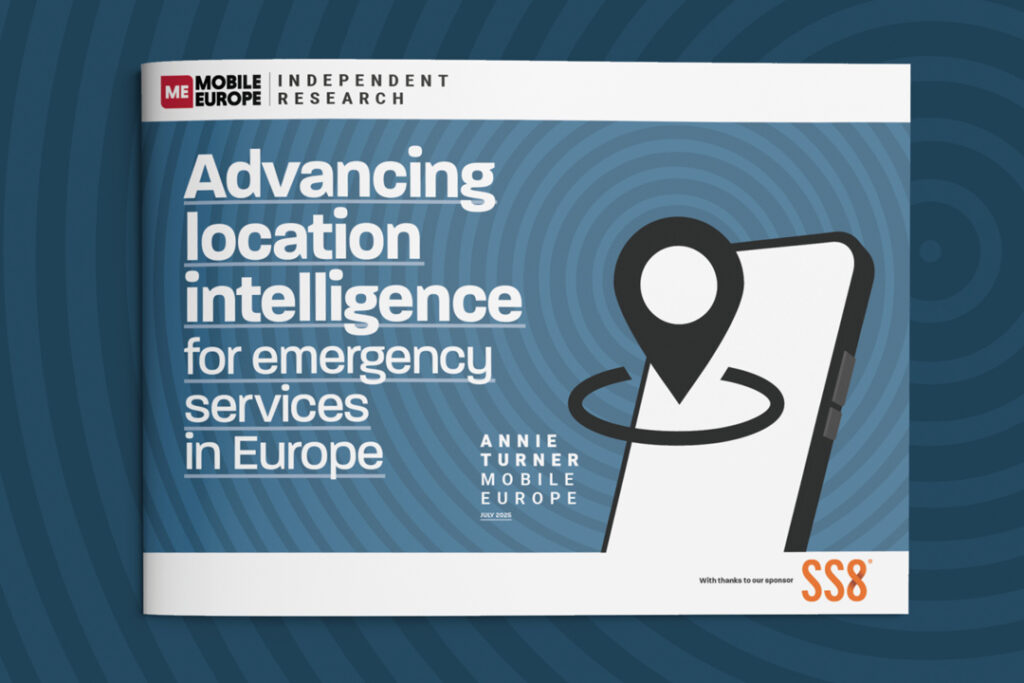The vendor adds this to its core railway solution but Europe’s GSM-R phase-out is still crawling along
Nokia has unveiled its first AirScale Future Railway Mobile Communication System (FRMCS) radio operating in the 1,900 MHz band. The launch, while technically significant, arrives amid a broader European landscape where the transition away from ageing GSM-R systems remains pretty slow.
At the heart of Nokia’s announcement is a compact, outdoor-facing radio unit, designed for deployment at trackside. As it operates at 1.9 GHz, it sits squarely within the FRMCS architecture built atop 5G, offering rail operators faster, more reliable, and lower-latency communications tailored for automation, real-time telemetry and safety-critical services.
“The drive toward digitalisation demands the kind of high-speed connectivity and data capabilities that legacy systems simply can’t provide, creating an urgent need for rail operators worldwide to modernise,” said Nokia president of mobile networks Tommi Uitto.
“Our commercial 5G solution, backed by decades of proven rail industry expertise, reflects our commitment to laying the foundation for the next generation of railway operations. We offer a future-proof, flexible technology platform that supports a smooth transition to FRMCS while improving operational efficiency, safety and the overall passenger experience,” he added.
RAN and core complete
The new radio dovetails with Nokia’s Core Enterprise Solution for Railways, its cloud-native, 5G-based core network that bridges legacy GSM-R and future FRMCS operations by encompassing radio, core, and transport elements in a unified platform. According to Nokia, this integrated approach delivers geo-redundant architecture, ultra-high reliability, network slicing and a bunch of other features all vital for digitising railway operations.
ProRail recently selected Nokia to modernise the Netherlands’ GSM-Railway core network. This deal demonstrated Nokia’s end-to-end offering, covering both the core and RAN. With ProRail’s update, Dutch rail communications gain a modern core foundation prepped for an eventual FRMCS overlay
Europe’s ploughing on
The radio launch coincides with Nokia’s participation in the EU-funded FP2-MORANE-2 project – part of Horizon Europe – aimed at accelerating FRMCS adoption across Europe. However, while the framework exists and projects like MORANE-2 signal intent, real-world deployments remain limited. The complexity of harmonising spectrum, standards and infrastructure across EU member states continues to slow the pace.
Despite widespread consensus that GSM-R is obsolete – lacking broadband, struggling with vendor lock-in, and nearing end-of-support – replacement across Europe feels like watching paint dry. Trials exist in places like Germany, France, Switzerland but broad-scale FRMCS rollouts remain sporadic. Planning, regulation, and funding cycles often stretch to years. Even in nations with active pilots, mass deployment timelines extend well into the next decade.
Part of the problem is structural: the specifications for FRMCS are still being finalised, pilot projects are only just beginning, and most national rail agencies are not planning significant rollouts until late this decade. In many cases, full migration from GSM-R is not expected until the 2030s, leaving Europe with a long overlap period where operators must maintain ageing GSM-R alongside preparing for FRMCS.
Nokia’s 1.9 GHz FRMCS radio demonstrates that key technical pieces are falling into place. Yet, for many rail operators, particularly in Europe, the shift from GSM-R feels like close friends leaving a dinner party – everyone agreed to exit years ago, but so far, there are only slow-crawl signals towards the door.




